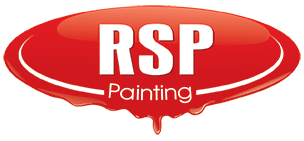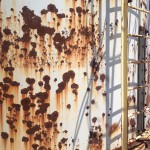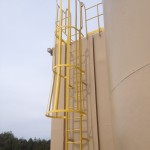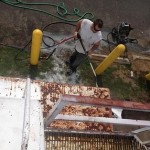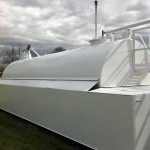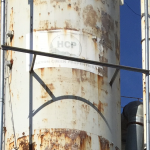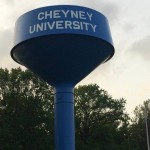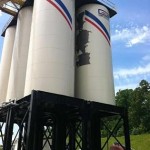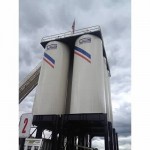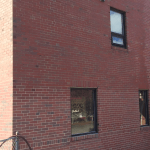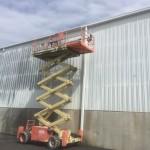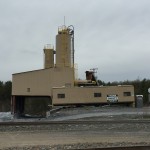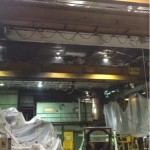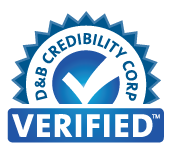Sandblasting | 1-800-538-6723 | RSP Painting
- Silo Before
- Silo After
- stripping Rust
- Fuel Tank Painting
Sandblasting & Media Blasting
At Retail Store Painting we perform sandblasting or abrasive blasting on many structures, including tanks, structural steel, buildings, piping, equipment, and more. The process of abrasive blasting can produce alterations to surfaces, not just in terms of removing rust, grime, and dirt, but also in terms of the overall texture the surface is left with after the sandblasting process is complete.
Different types of blast media will affect surfaces in different ways, depending on their abrasiveness and consistency. In some cases, blast media’s are selected for a job because they produce a current kind of profile. For example, steel grit tends to leave an etched surface, suitable for accommodating paints and coatings. Other blast media’s, like soda or pumice, are sometimes selected because they produce a very minimal blast profile, allowing a surface to retain its original feel.
Many times our blast operations require confined space entry. We tackle confined space projects on a regular basis whether performing an inspection blast, removing and re-coating the interior surfaces, or relining. Our employees are trained to the highest possible safety standards for confined space work operations. We also have the necessary, well-maintained blast equipment to perform any size industrial project.
Surface preparation is crucial in any high performance industrial coating project. Abrasive blasting is the primary means of accomplishing a quality, well-adhered end result. The most commonly utilized blast media is “black beauty” or sand, however, the use of other abrasives is often necessary depending on the substrate the coating is being applied and the owner’s specifications, or environmental concerns. Other media utilized includes steel grit, recycled crushed glass, walnut hulls, sponge and garnet.
- Before
- After
- Before
- After
The different types of profiles that the abrasive blasting process may produce are:
- White Metal Glass – The coarsest type of profile, the white metal glass texture is usually produced by the harder, more abrasive blast medias, such as steel grit.
- Pure White Metal – Another rough profile, the pure white metal texture is also caused by some of the more abrasive blast media’s, though not necessarily the most solid. Crushed glass grit, for instance, will often leave this consistency on surfaces.
- Commercial – The texture of a commercial profile is less coarse, and is free from oil, grease, dirt, and rust, though some small streaks and discolorations may remain.
- Sheet Glass – This texture is left on a surface when superficial coverings, like paint, coating, rust, or grime are removed. It is the smoothest type of blast profile, and is usually left by the softer media types, such as baking soda and pumice.
It is important to understand the impact that abrasive blasting will have on a surface before selecting a media. Whether the goal is to alter the surface in a way that makes it more suitable for accommodating paint, or to not alter it whatsoever, choosing the most suitable media will play a key role in determining the overall success of the blasting process.
- Masonry Painting
- Warehouse Painting
- Silo Painting
- Industrial Painting
